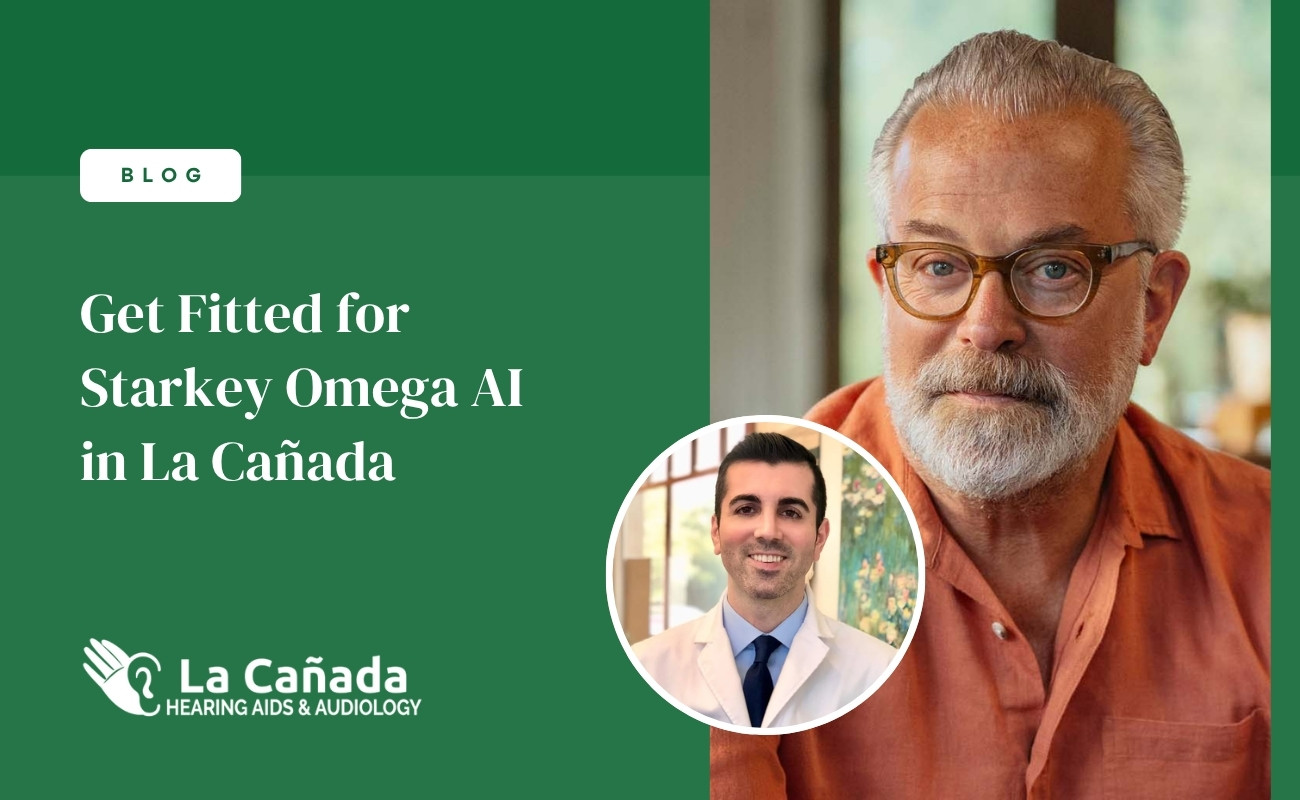You probably haven't given earwax much thought, other than the fact that it's one of the more unpleasant substances to come out of the human body. While earwax may appear, feel, and occasionally smell like something you don't want to come into contact with, it serves several vital roles. Knowing more about earwax will, of course, also help you in maintaining clean ears. Furthermore, learning more about ear wax's many types and functions will help you maintain healthy hearing practices in general.
What your earwax says about you
Cerumen is the scientific word for earwax. Glands form earwax in the ear canal, and it slowly makes its way to the ear's entrance.
Adult earwax is often darker in color, indicating that it has effectively captured dirt, bacteria, and other contaminants before entering the ear canal. If the earwax is too dark, it could mean that the ears have been exposed to toxins in the air. Children's earwax is lighter in color and softer than that of adults.
Taking a quick look at your earwax can reveal information about your health. If you notice red specks in your earwax, it could be a sign of an injury in the ear canal. If you notice blood in your earwax, you should have an ear exam. Overproduction of earwax can be caused by both stress and exercise. Still, healthy ears will naturally remove the excess rather than allowing it to build up in the ear canal.
The benefits of earwax
Here are some of the important benefits of earwax:
Earwax has moisturizing properties. When we don't create enough earwax, the ear can get dry and itchy, leading to us sticking harmful objects in our ears in the hopes of relieving the itchy feeling.
Earwax is cleansing. It contains specific compounds that help prevent infections in the middle and inner ear.
Earwax protects the ear from outside debris. It prevents hazardous agents such as dust and dirt from passing through the outer ear and reaching the all-important eardrum.
The substance is disseminated out the ear through everyday activities like chewing and typical head movements and rotations. In this way, earwax usually slips out of the out ear on its own or is washed away during showering for most people. However, some people simply create more earwax than others, and activities like swimming exacerbate some people's earwax buildup. In-ear headphones can also cause additional wax buildup because they prevent wax from leaving the ear canal entirely.
What happens when there is too much earwax?
Excessive earwax can cause various symptoms, ranging from discomfort to terrible earaches. Earwax blockages are a common cause of:
- temporary hearing loss
- muffled sound
- Tinnitus (a ringing or buzzing sensation in the ears)
- feelings of disorientation caused by the inability to hear the entire sound environment
How to remove earwax by yourself
You should never try to remove earwax with a cotton swab, ear candles, or anything smaller than your pinky finger. Inserting things into your ear canal almost always results in earwax being pushed deeper into the ear canal. This not only makes wax removal more difficult, but it also puts your fragile eardrums at risk. However, earwax buildup still needs to be removed to avoid infection. Luckily, there are some practical and safe methods for eliminating earwax on your own.
Step 1: Soften
You can buy a selection of over-the-counter drops at a reasonable price. If you're in a pinch, you can also use modest amounts of hydrogen peroxide, baby oil, and generic glycerin. The idea is to leave these substances in each ear for a few minutes to loosen any hardened earwax.
Step 2: Irrigate
It will be easier to break up the earwax with warm water streams once it has been softened. Ear drops sold over the counter frequently include a gentle syringe for flushing your ears. You can flush your ears with the help of a friend or loved one, or you can do so while showering.
In either case, gently pull the outside of your ear and the ear lobe upward with your fingers. Then, leaning your head over to drain the water and waxy buildup, use the syringe to flush warm water into the canal. Several streams of water and multiple dosages of earwax softener may be required for this process.
If all else fails, come and see us.
Wax accumulation can sometimes be too much for you to handle on your own if this sounds like you, see us at La Canada Hearing! Our team can examine your ear canal more closely and discuss removal options with you. Contact us today to set up an appointment.


.webp)


.jpg)


